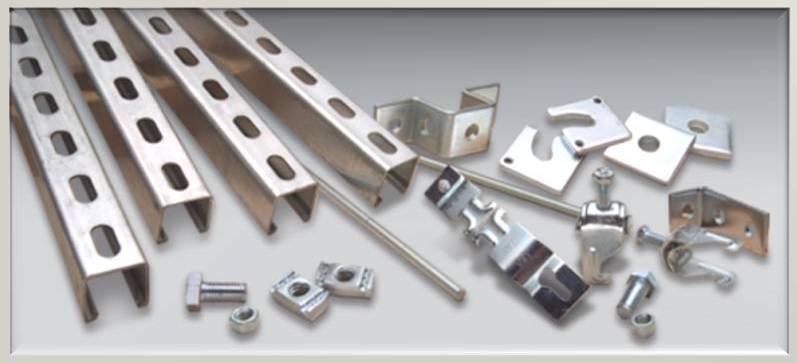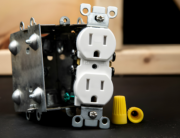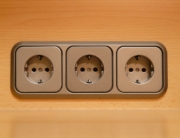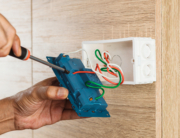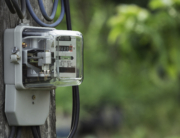A strut is a structural component that is normally used in architectural and construction jobs for resisting any kind of longitudinal compression. Struts provide an outward-facing support to the structure in the direction of their length and can be used for keeping two different components separate from each other, thereby performing an opposite function of ties.
Engineering and architectural industries are quite familiar with this term and use it on a regular basis. Struts are made from fiber-reinforced plastic, steel, or aluminum and are generally used in building constructions. They are often provided with a support through cables and other kinds of support systems. Struts are also used in piping for containing the movement of an underlined component in one direction, while enabling the component to contract or move in the other direction.
Struts also have great utility value in the timber framing industry, where they often come in handy for supporting or bracing the lighter scantlings easily as compared to posts. They can be frequently found installed in the roof frames on the tie beam or from the king post straight to the principal rafter. As struts are of no use on their own, they are used in combination with proper channels and fittings.
- Channels
Strut channels are basically the material that is used to provide structural support to wires, piping and any other kind of related equipment in buildings. These channels are mainly used for air conditioning, heat ventilation, or HVAC applications for suspending the equipment from the roof or ceiling.
Standard strut channels comprise of a long metal sheet, bent and folded for creating a U-Shaped stiff channel. Its edges are turned inside and face towards other, thereby creating a groove over the top of the equipment. This enables the installers to interlock the components together or fit them using nut bolts and fasteners into the channel.
-
Fittings
The fitting of struts and channels is not possible without the use of additional strut fittings and accessories. The strut makers produce a wide range of fittings to complete the strut system and to make the structural support even stronger. Some of the most widely accepted fittings include angle fittings, beam clamps, channel brackets, braces, strut end caps, hangers, electrical accessories, pipe clamps, strut trolleys, post bases and pipe straps.
-
Materials
The strut channels and fittings are manufactured in a wide variety of shapes, sizes and finishes. However, the difference in shapes, sizes and finishes isn’t enough for making the struts match the needs and requirements of the different types of installations. Thus, many manufacturers use different kinds of materials to make struts strong enough for different kinds of applications.
Struts are normally manufactured from stainless steel to eliminate the chances of rust or fiberglass, for protection against corrosive environmental factors. However, where the weight of the struts is a primary issue, manufacturers make use of aluminum alloy for making struts.
In day-to-day construction or architectural jobs, installers prefer to use stainless steel struts. They are made from a long sheet of steel and often come galvanized with a zinc coating, epoxy, powder coating, paint or any other kind of finish. Zinc coating protects the stainless steel from rust, corrosion and other kinds of external elements, thereby providing it a long and robust life.
No matter what kind of equipment requires a support system in the building, strut channels and fittings find a place in architecture and construction jobs. All it takes is the correct selection of strut channels and proper fittings to give that structure a firm support and enable it to stand in its position for a much longer duration.

D&F Liquidators has been serving the electrical construction materials needs for more than 30 years. It is an international clearinghouse, with 180,000 square facility located in Hayward, California. It keeps an extensive inventory of electrical connectors, conduit fitting, circuit breakers, junction boxes, wire cable, safety switches etc. It procures its electrical materials supplies from top-notch companies across the globe. The Company also keeps an extensive inventory of electrical explosion proof products and modern electrical lighting solutions. As it buys materials in bulk, D&F is in a unique position to offer a competitive pricing structure. Besides, it is able to meet the most discerning demands and ship material on the same day.
